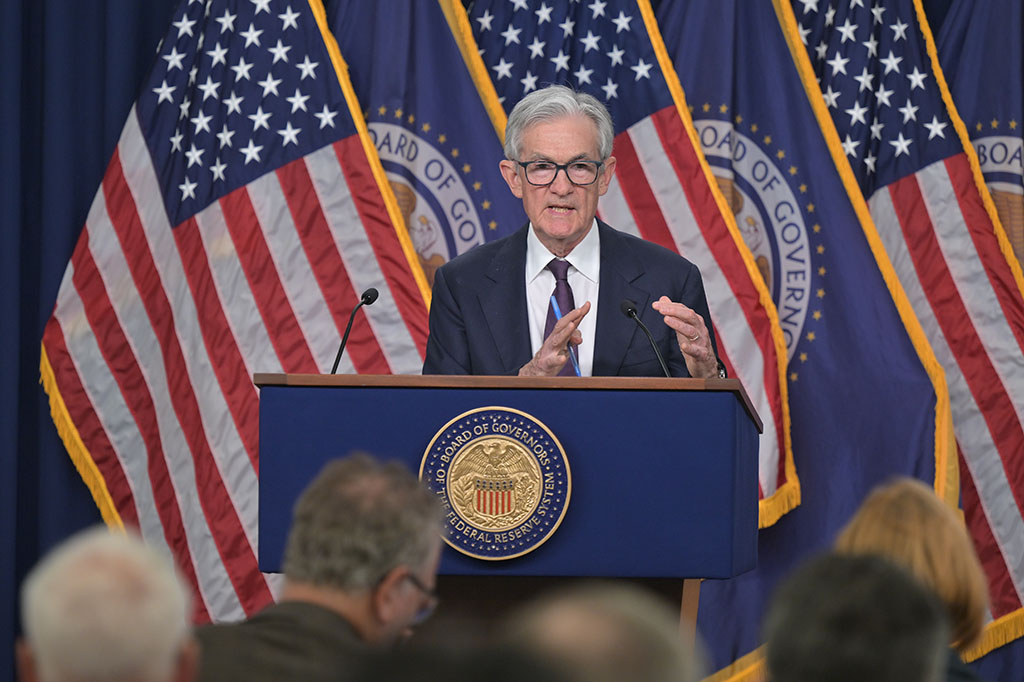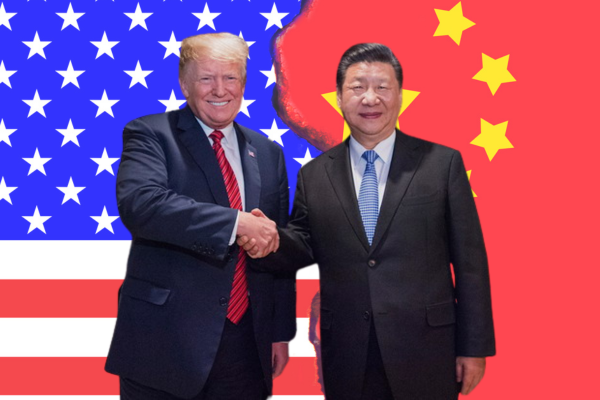.png)
October 30, 2025 at 1:55 AM IST
The Federal Reserve cut rates by a quarter-point on Wednesday, lowering its benchmark rate to a range of 3.75% to 4.00%, but Chair Jerome Powell’s post-meeting remarks marked a clear shift in tone from earlier in the year. While the central bank had appeared to be on a path of gradual easing, Powell emphasised that further cuts in December were “not a foregone conclusion.”
This latest move was approved by a 10–2 vote, with newly-appointed Governor Stephen Miran favouring a deeper cut and Kansas City Federal Reserve President Jeffrey Schmid opposing any reduction at all. The split underscores a growing divergence within the Federal Open Market Committee as policymakers weigh inflation’s persistence against signs of weakening in the job market.
Powell acknowledged that “strongly differing views” were expressed about the December meeting, saying there is “a growing chorus” within the committee suggesting it may be time to pause. “We’re 150 basis points closer to neutral than we were a year ago,” he said, adding, “maybe this is where we should at least wait a cycle.” The comment signals a notable recalibration for a central bank that, until recently, was expected to continue cutting rates steadily through the end of the year.
The central bank’s caution comes amid increasing signs of strain in the labour market. Powell said the Fed is watching layoffs “very, very carefully,” citing recent job cuts across major United States corporations. Amazon has announced 14,000 layoffs this week, UPS plans to eliminate 48,000 positions this year, and Paramount and Target have each reported sizeable workforce reductions.
“You see a significant number of companies either announcing they are not going to be doing much hiring or actually doing layoffs,” Powell noted. “Much of the time they’re talking about AI and what it can do. We’re watching that very carefully.”
The chair’s renewed focus on employment suggests a subtle but important rebalancing of the Fed’s dual mandate. Inflation, though still elevated, appears increasingly driven by temporary factors such as tariffs. Powell estimated that tariffs alone are adding between 0.5% and 0.6% to core PCE inflation, putting the measure closer to 2.3% to 2.4% when adjusted. “Away from tariffs, inflation is actually not so far from our 2% goal,” he said, suggesting the inflation threat may be less entrenched than earlier feared.
December Uncertainty
Despite the latest cut, Powell’s emphasis on uncertainty was unmistakable. “We’ll have to see how it unfolds,” he said, stressing that incoming data and anecdotal evidence from the Federal Reserve’s Beige Book will shape December’s decision. The chair acknowledged that the committee is operating with incomplete visibility, saying, “We’re not going to be able to have the detailed feel of things. Still, if there were a significant or material change in the economy, I think we’d pick that up.”
Markets quickly adjusted expectations following Powell’s remarks. The probability of another cut in December dropped sharply from over 90% a day earlier to below 70%, according to CME’s FedWatch tool. Equity indices slipped from record intraday highs, with the Dow closing down 74 points and Treasury yields rising as traders priced in the prospect of a pause.
End of Quantitative Tightening
In a parallel move, the Fed also announced an end to its balance-sheet reduction programme, or quantitative tightening, which has already shrunk holdings by about $2.3 trillion. The central bank will now reinvest proceeds from maturing mortgage securities into shorter-term US Treasury bills, effectively stabilising liquidity conditions.
The tone of this meeting marks a turning point in Powell’s policy stance. The Fed is now signalling a pause to assess the lagged impact of recent rate moves. The chair’s message suggests that December’s decision will depend less on political pressure or market expectations and more on whether the current mix of slowing growth and moderate inflation stabilises.
For now, Powell appears intent on keeping the Federal Reserve’s options open, navigating between the risks of cutting too far and stopping too soon.




